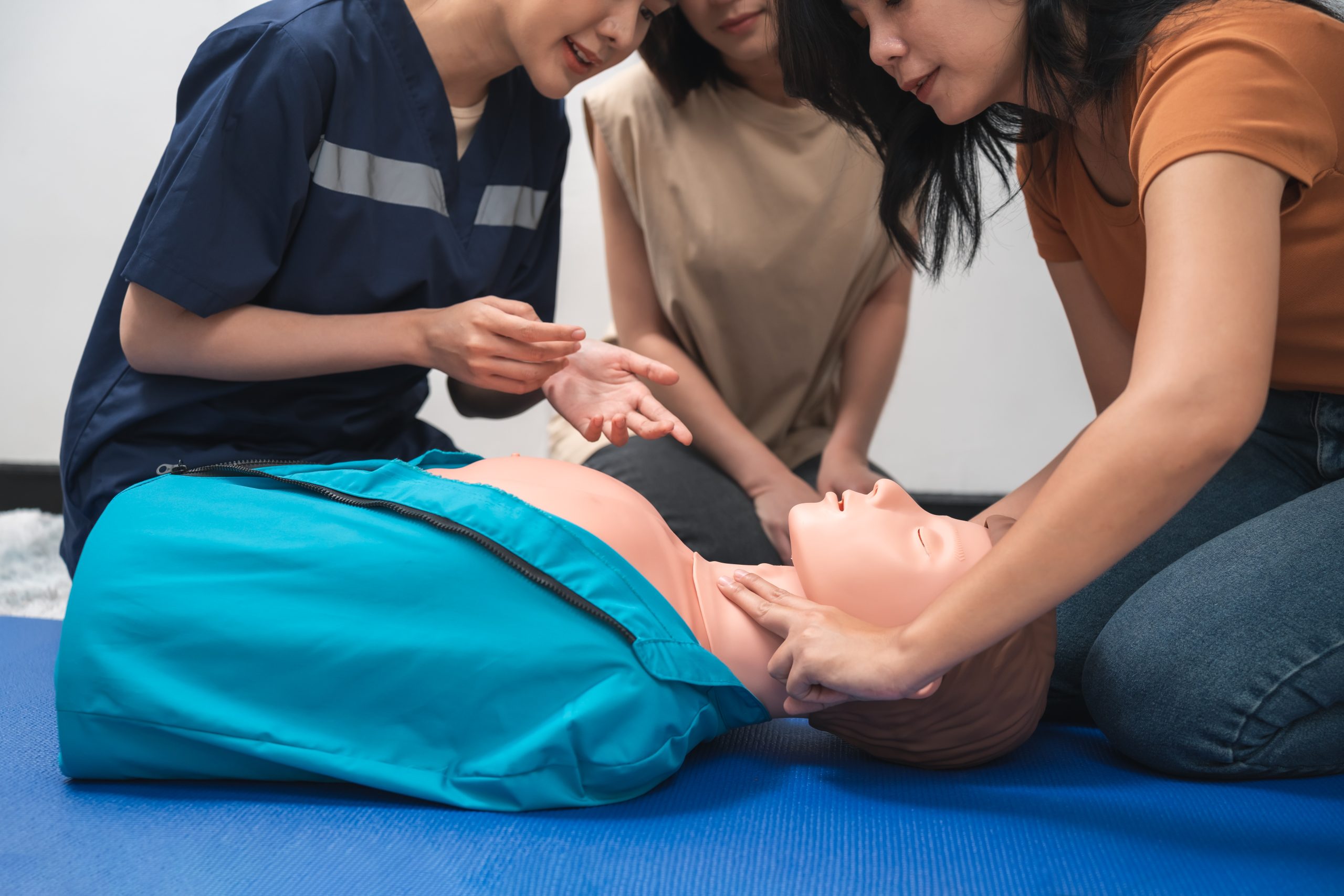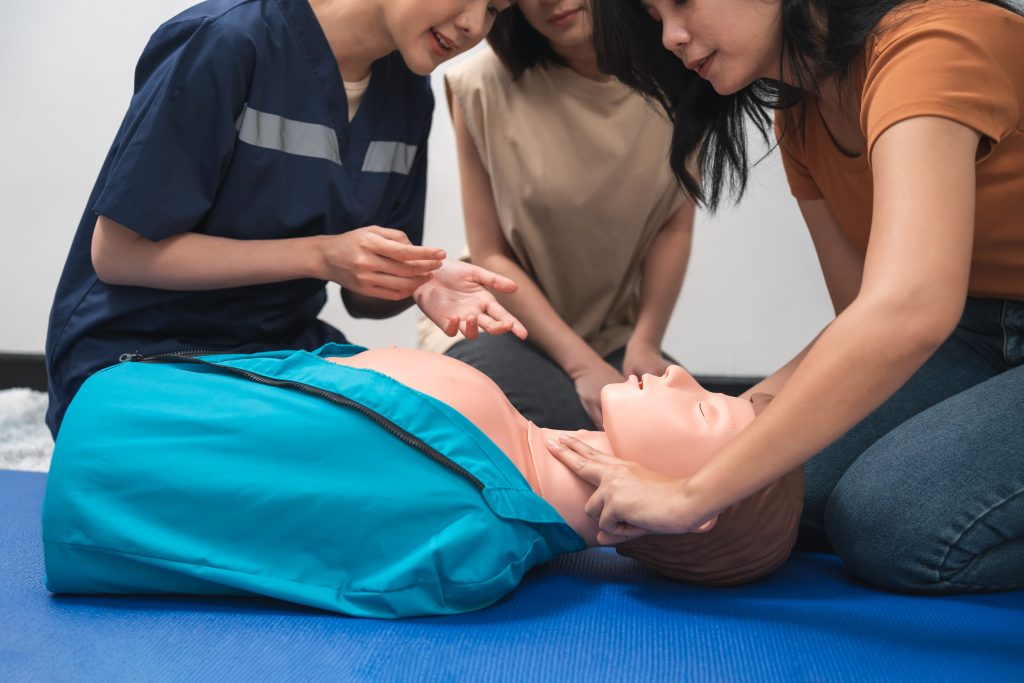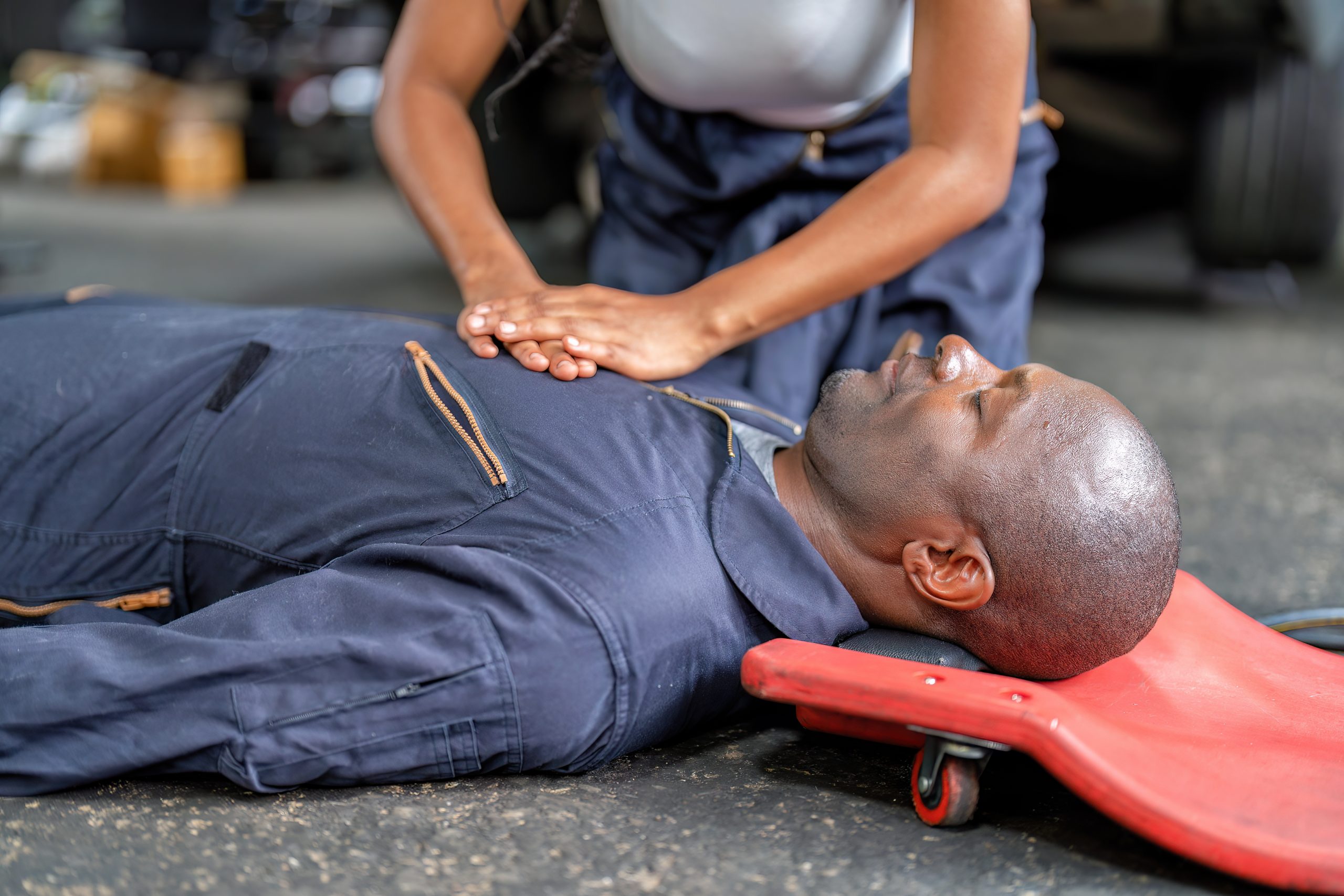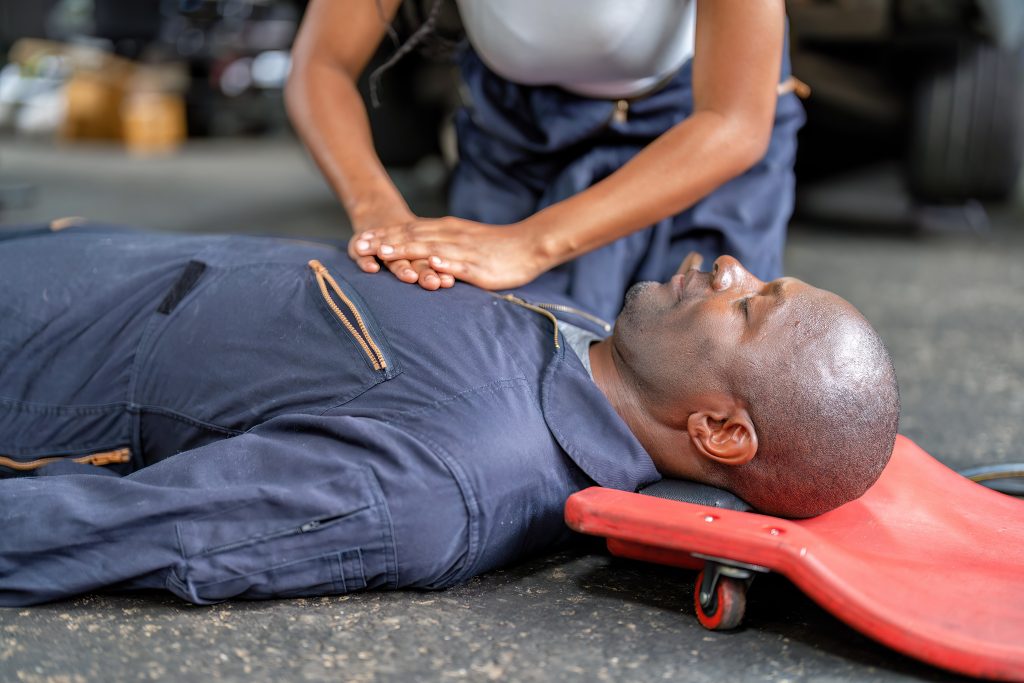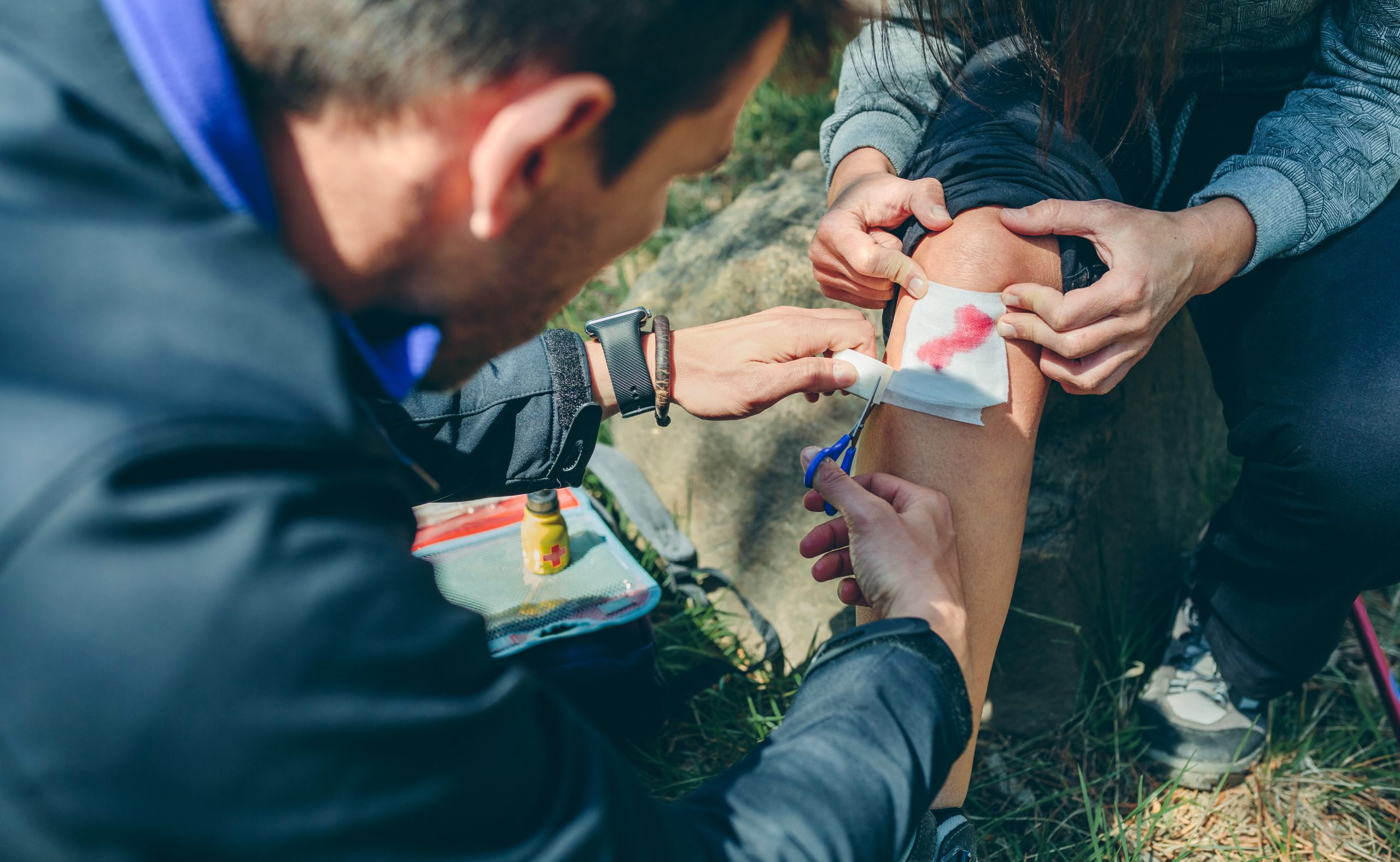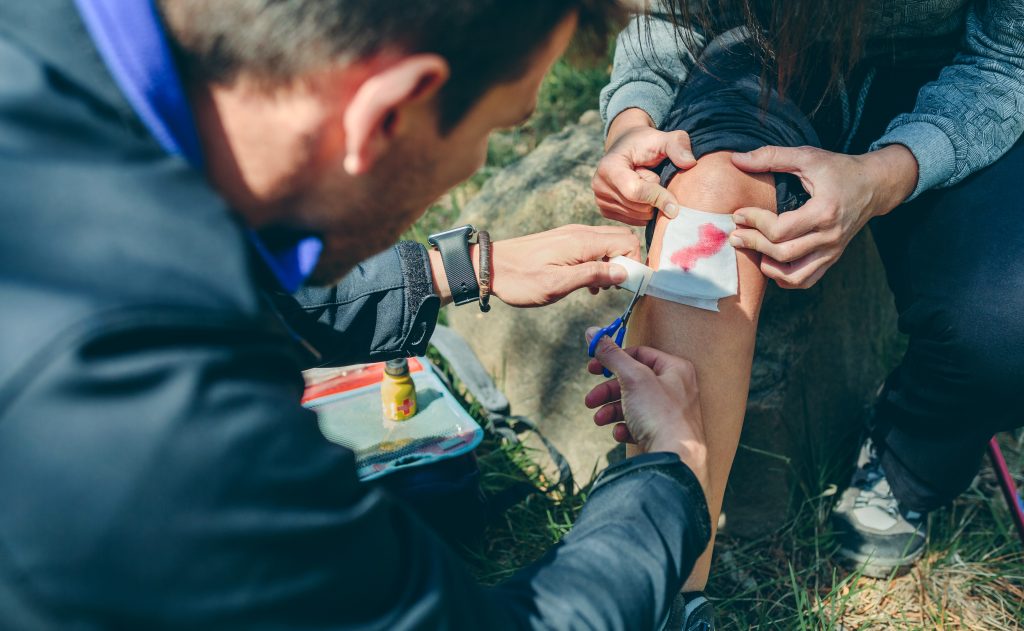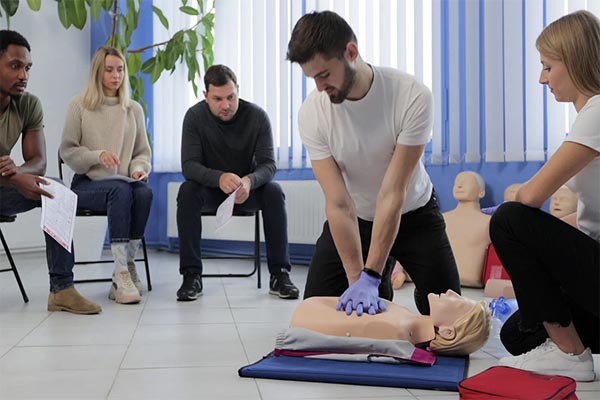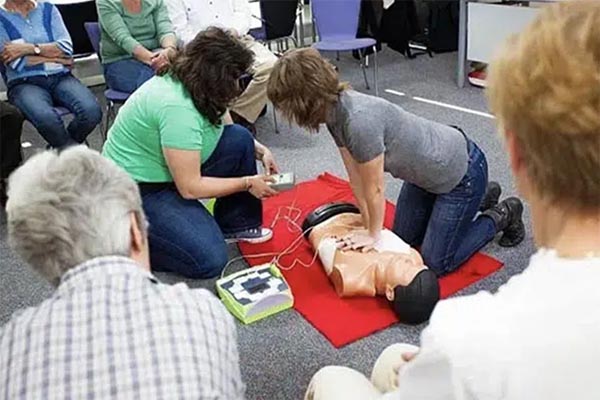Getting CPR Certified as a Requirement for Employment in San Diego, CA
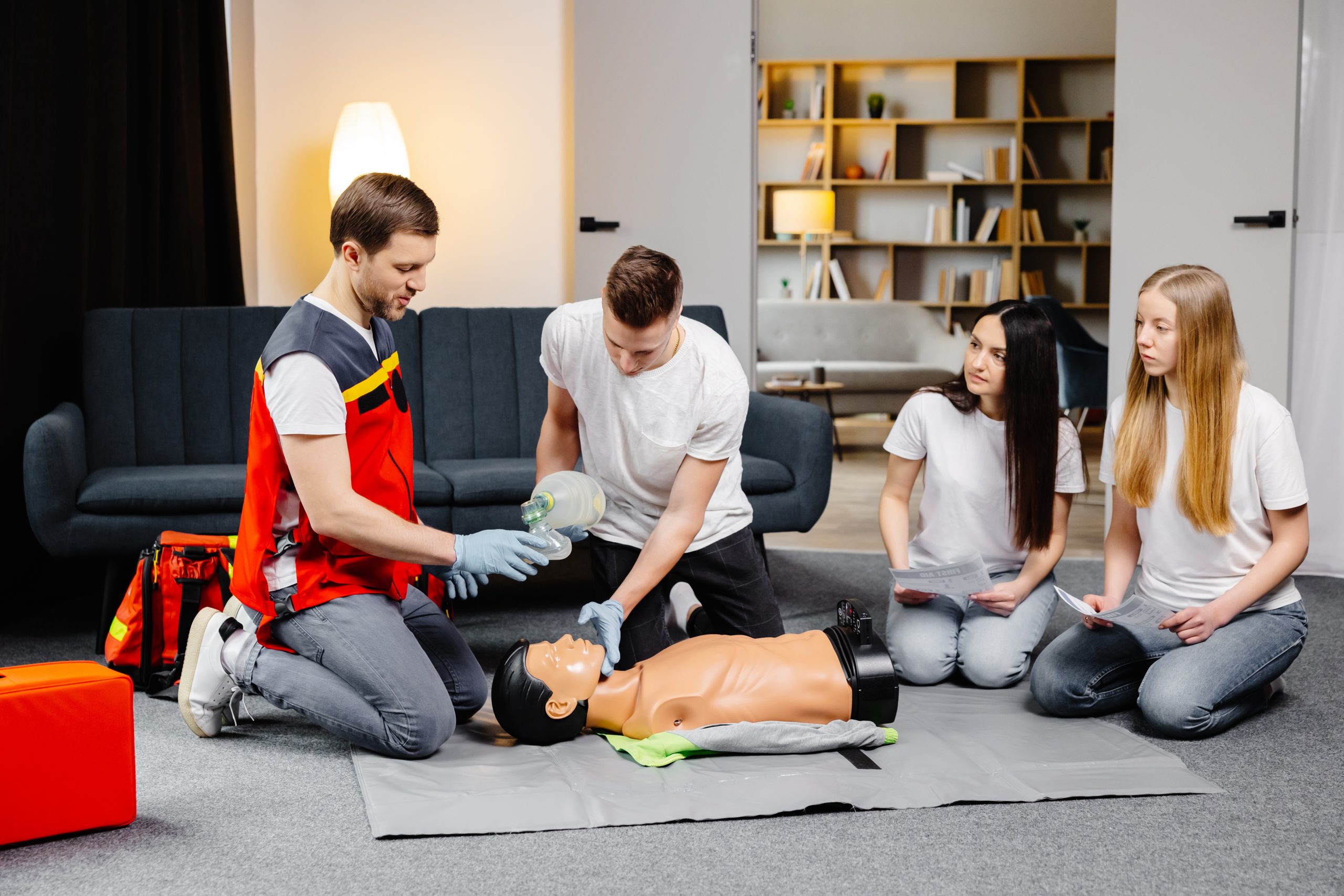
Getting CPR Certified as a Requirement for Employment in San Diego, CA
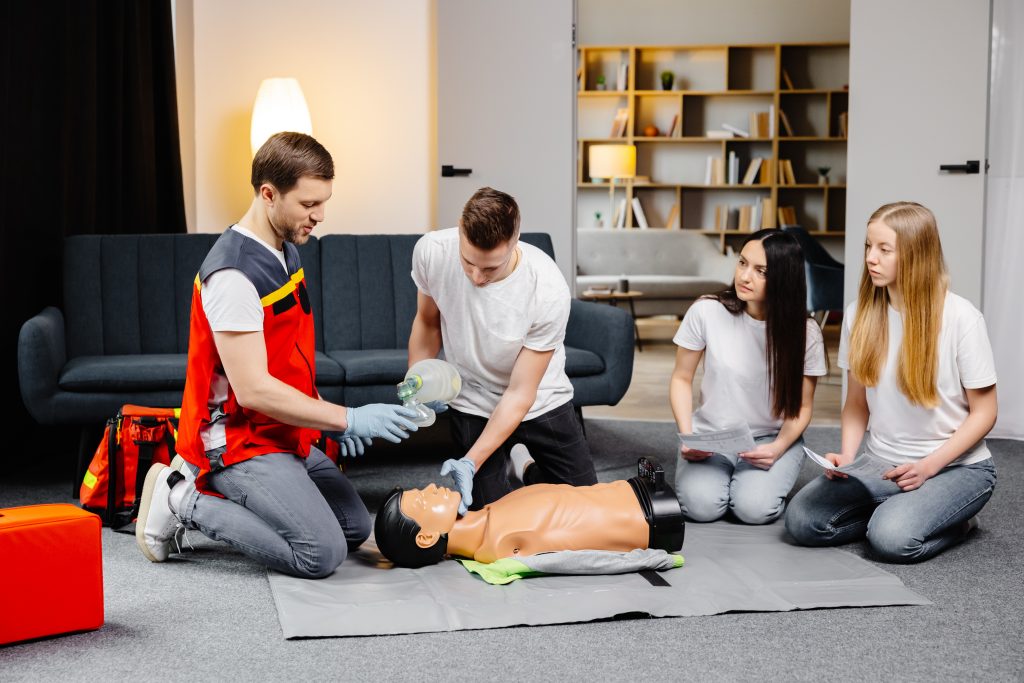
If you’re job hunting in San Diego, CA, you might notice one common requirement popping up across various industries: CPR certification. Whether you’re applying to work in healthcare, education, hospitality, or even fitness, having CPR certification can be a crucial part of your employment eligibility. In this blog, we’ll explore why CPR certification is often required, how it benefits both employees and employers, and how you can quickly get certified right here in San Diego.
Why Is CPR Certification Required for Employment?
CPR (Cardiopulmonary Resuscitation) is a life-saving procedure used in emergencies when someone’s breathing or heartbeat has stopped. Employers require CPR certification to ensure that their workforce is prepared to respond promptly and effectively in emergencies. Here’s why:
- Safety First: Workplaces want to provide a safe environment for employees, customers, and clients. Having CPR-certified staff means emergencies can be managed swiftly, reducing risks of fatalities or serious injuries.
- Legal and Regulatory Compliance: Many industries in California are governed by regulations requiring certain employees to maintain CPR certification. This is particularly true in healthcare, childcare, and public safety sectors.
- Enhancing Employability: CPR certification signals responsibility and preparedness to employers. It’s a valuable credential that may set you apart from other candidates.
Industries in San Diego That Require CPR Certification
In San Diego’s diverse job market, CPR certification is a staple requirement in several key fields:
- Healthcare: Nurses, medical assistants, home health aides, and emergency responders all need up-to-date CPR certification.
- Childcare and Education: Teachers, daycare workers, and school staff must be ready to act in emergencies involving children.
- Hospitality and Fitness: Hotels, gyms, and recreational facilities often require staff to be CPR certified to handle potential health crises among guests and members.
- Construction and Manufacturing: Some employers in these physically demanding industries require CPR certification as part of their safety protocols.
How to Get CPR Certified in San Diego
Getting certified is easier and more accessible than you might think. Local CPR classes offer flexible scheduling, hands-on training, and certification recognized by employers across San Diego. Here’s what to expect:
- Class Format: Options include in-person courses, hybrid models, or fully online classes with a practical skills session.
- Duration: Most courses last 2-4 hours and cover CPR techniques for adults, children, and infants, plus AED (Automated External Defibrillator) training.
- Certification Validity: Your CPR certification will typically be valid for two years, after which renewal is needed.
Benefits Beyond Employment
While CPR certification helps you meet job requirements, it also equips you with critical skills that can save lives outside the workplace, in your home, community, or anywhere an emergency arises. It’s an empowering and practical skill set for everyone.
Ready to Get CPR Certified in San Diego?
If you’re ready to boost your resume and meet employer requirements, it’s time to get CPR certified locally. Look for CPR Classes Near Me that offer convenient scheduling, expert instructors, and recognized certifications tailored for San Diego’s workforce.
Don’t wait, contact CPR Classes Near Me today to find a class near you and get certified fast!
Conclusion
In San Diego, CPR certification is more than just a checkbox on a job application. It’s a critical qualification that enhances workplace safety, complies with regulations, and strengthens your job prospects across multiple industries. With easy access to quality CPR classes in San Diego, there’s no reason to delay. Take the step today, get CPR certified and open doors to new employment opportunities.
AHA BLS CPR & AED Classes
FAQ
Our primary goal is to ensure that you receive a top-quality CPR/First Aid certification. With our in-person training in Austin, you can learn CPR and BLS in just one class. Your presence is all that’s needed to continue with your lesson! During your session, you will complete all the live-training components necessary to ensure you receive your AHA Healthcare Provider certification card.
Our CPR Classes in Austin are discounted to $59.95 (saving you $20), and our CPR + First Aid Class is offered at $79.95 (also saving you $20). When looking for CPR Classes, ensure to check for the American Heart Association seal. Other sites might seem cheaper but frequently lack the official training credentials demanded by employers.
Upon successful completion of the course, you will obtain a CPR certification that is valid for two years. The AHA CPR certification is recognized with the highest acceptance rate among employers nationwide.
Indeed! Enroll in any CPR Certification Austin BLS course to extend your certification for an additional two years. The in-person BLS course and the Renewal Class are identical.
Anyone capable of completing the course independently should consider pursuing CPR training and CPR Certification. There is no minimum age restriction for obtaining a CPR certification in Austin through the American Heart Association (AHA)..
CPR training needs to be carried out in person to guarantee its effectiveness. Our experienced instructors offer an engaging and dynamic learning experience. Typically, employers do not recognize CPR certifications that are obtained solely through online courses.
All authorized American Heart Association training centers are obligated to display the entire video. After a three-hour session with CPR Classes Near Me Austin, your BLS CPR eCard will be promptly issued by the instructor on the same day!
Recent Posts
- How to Renew Your CPR Certification in Austin, TX: The Step-by-Step Process
- The Power of the AED: Understanding Automated External Defibrillators
- Choking Emergency: Your Guide to Life-Saving Relief in Austin
- Safeguarding Little Lives: Essential First Aid for Austin’s Educators
- Austin ER: Critical Team Dynamics in Resuscitation



